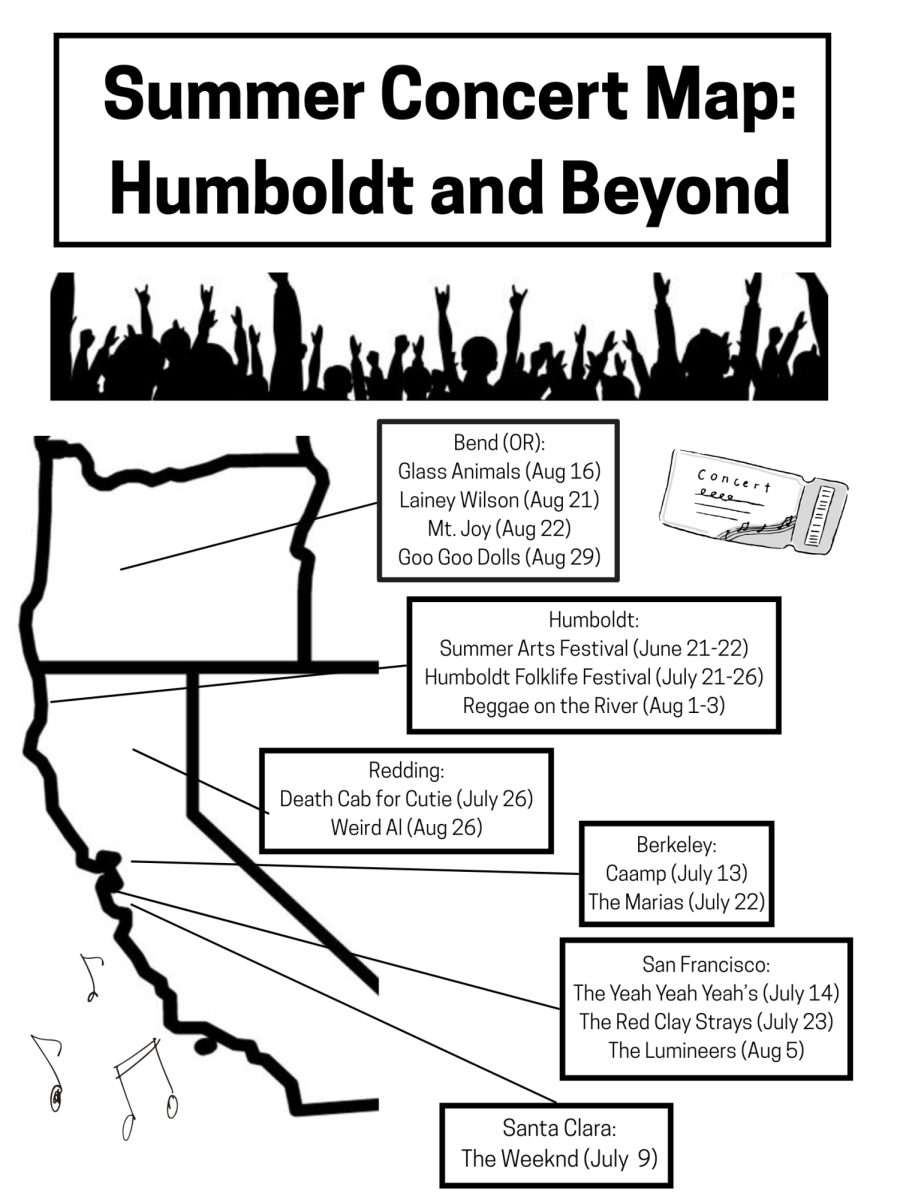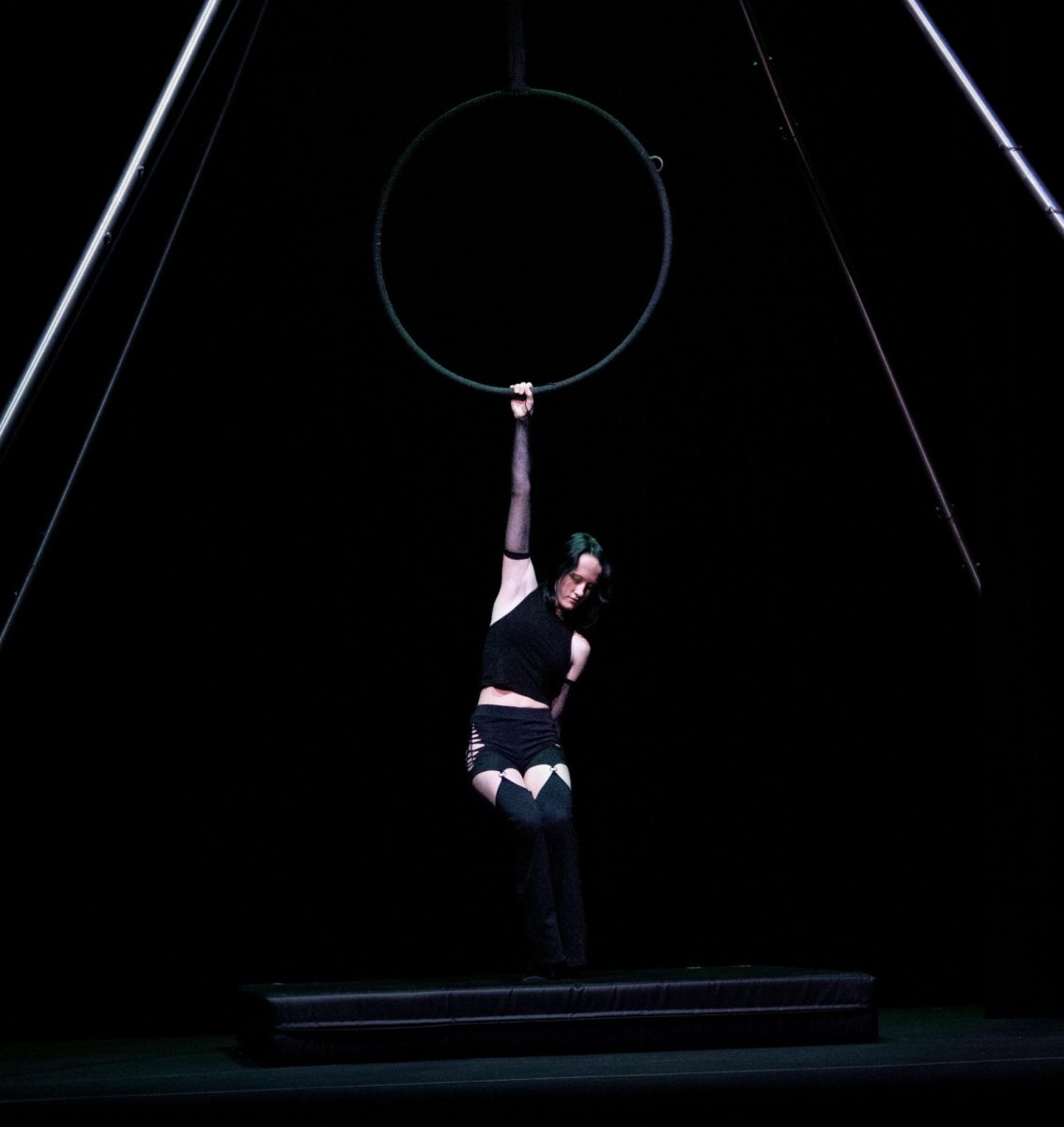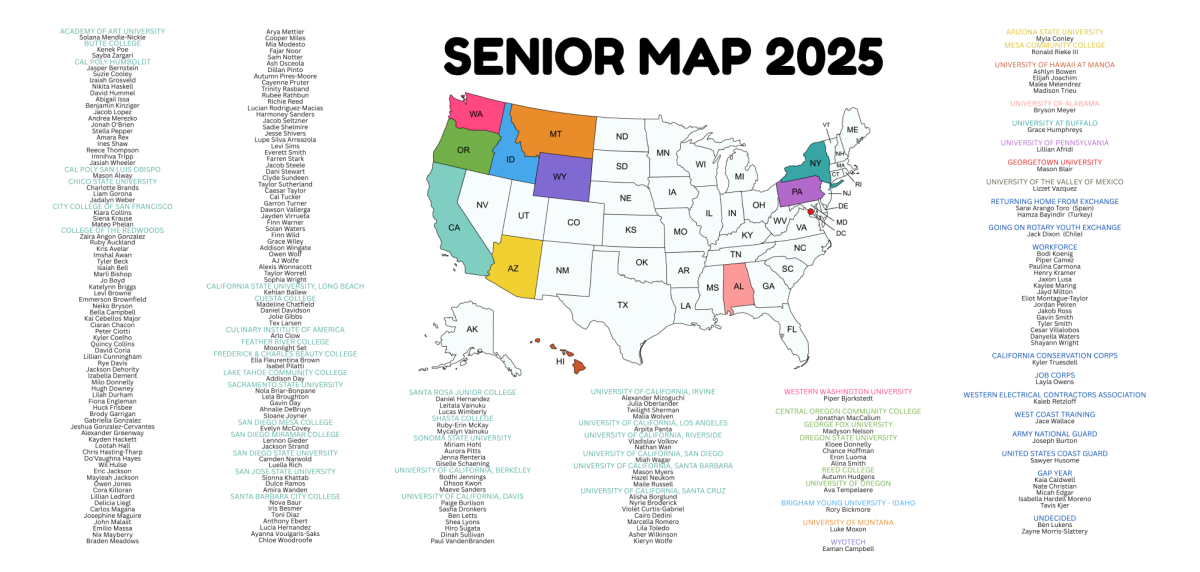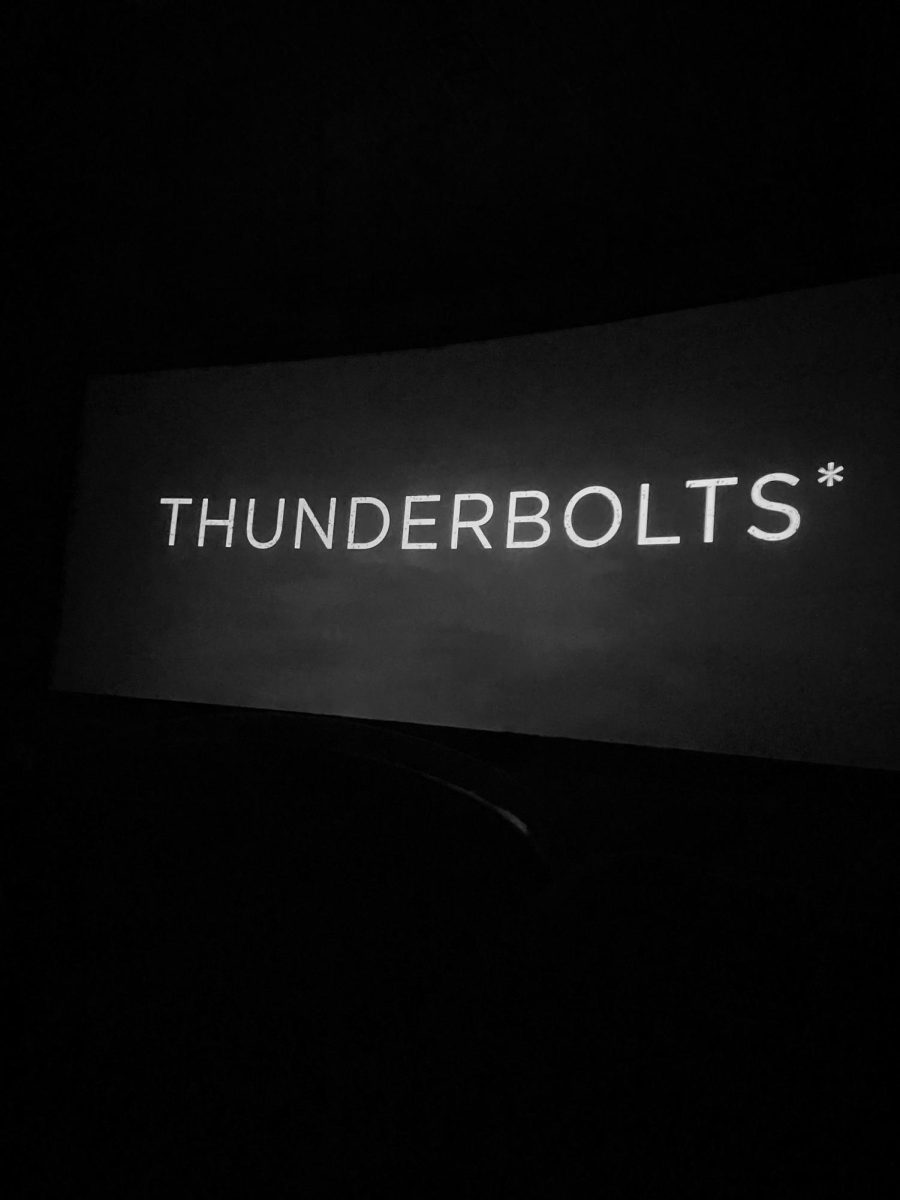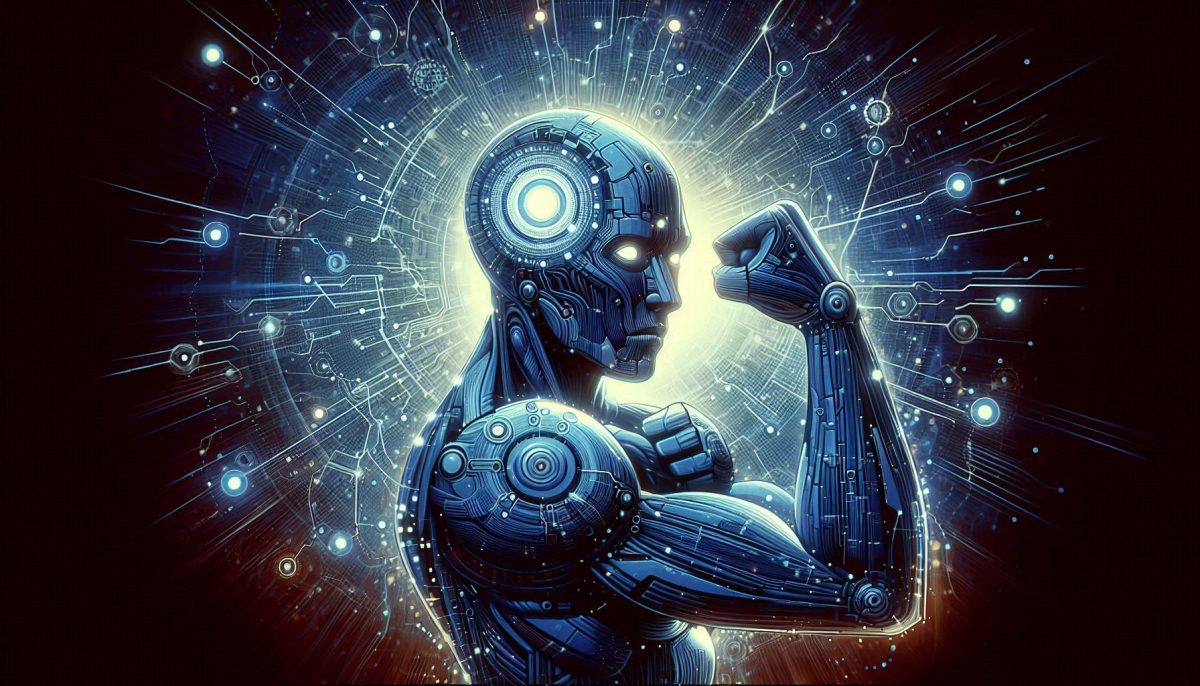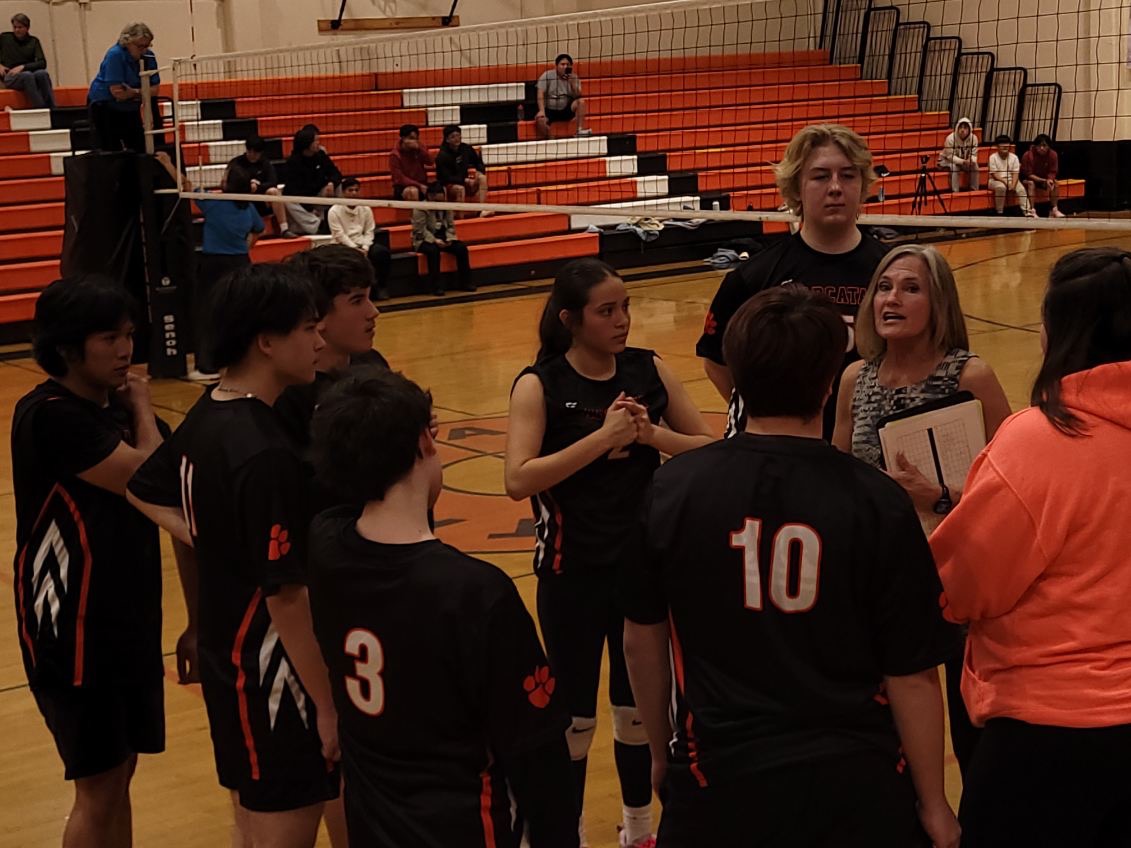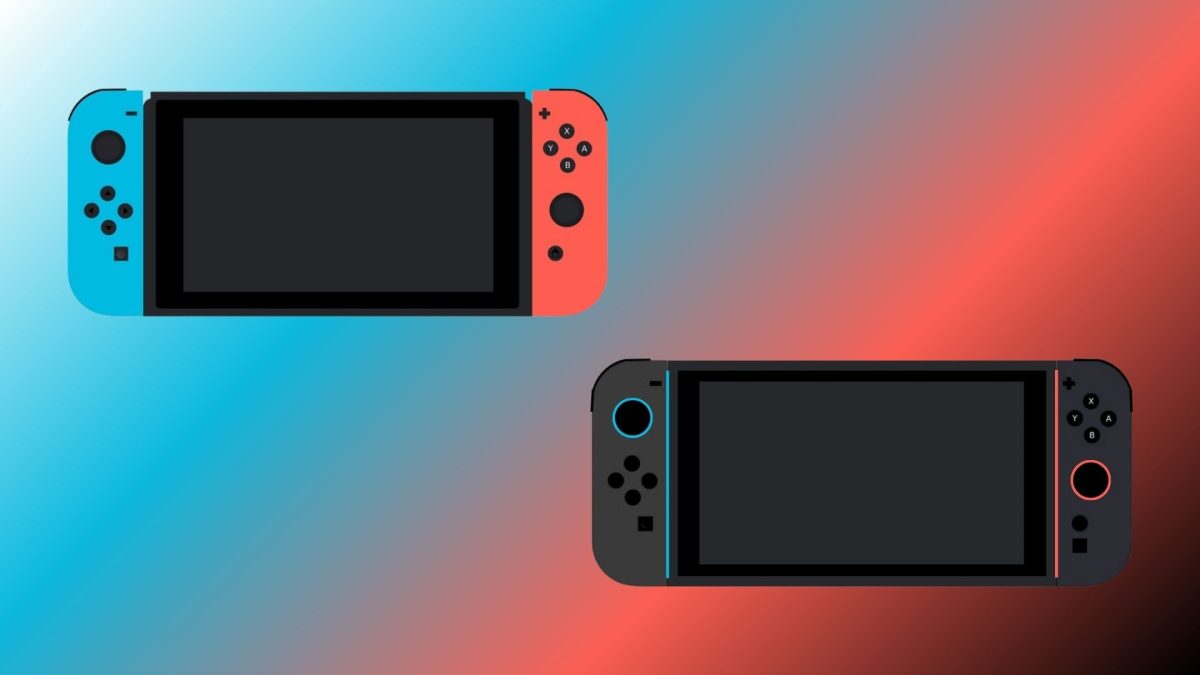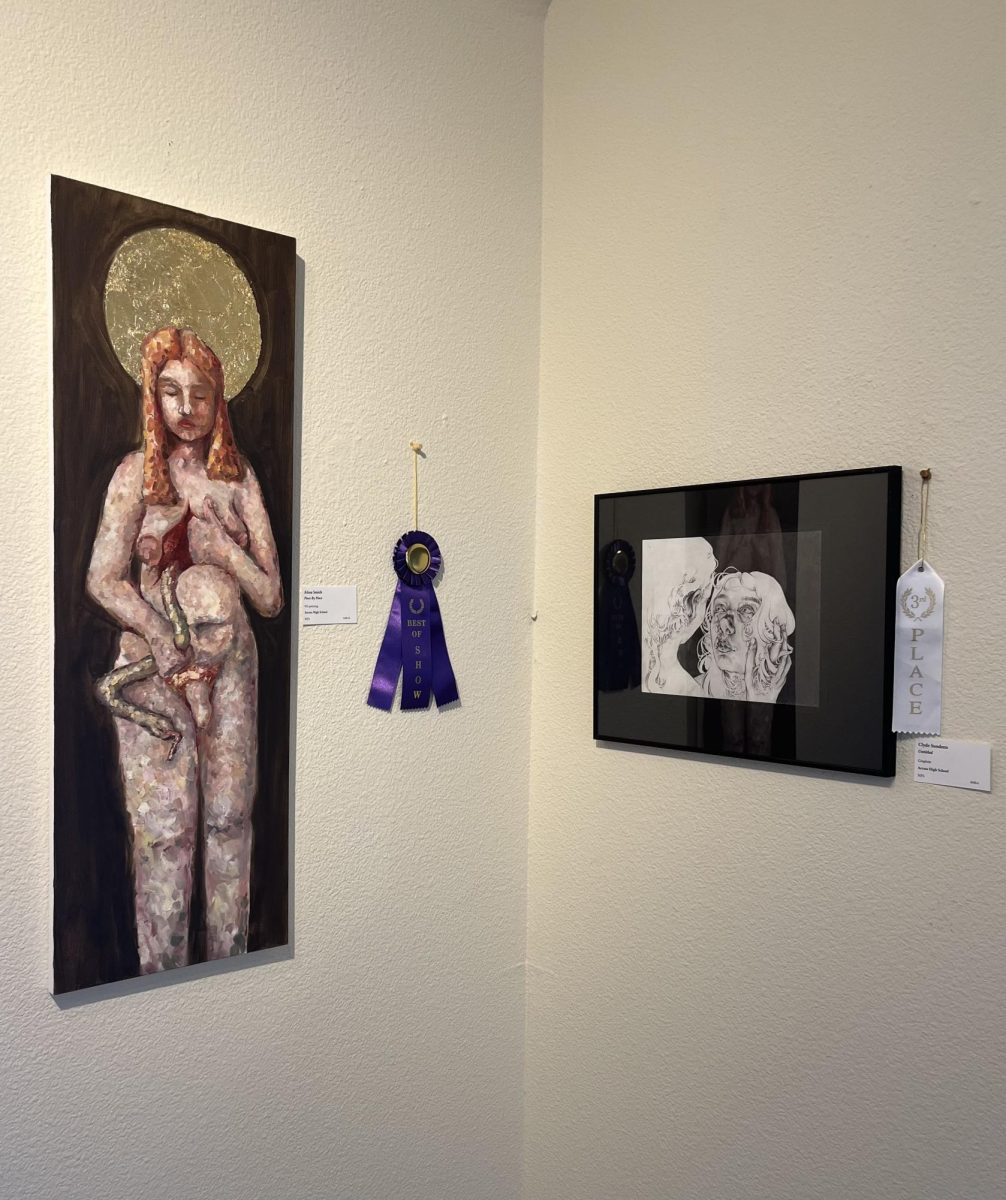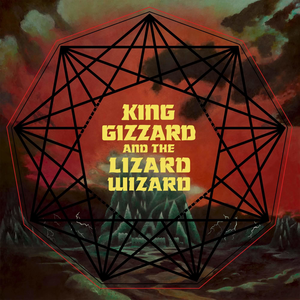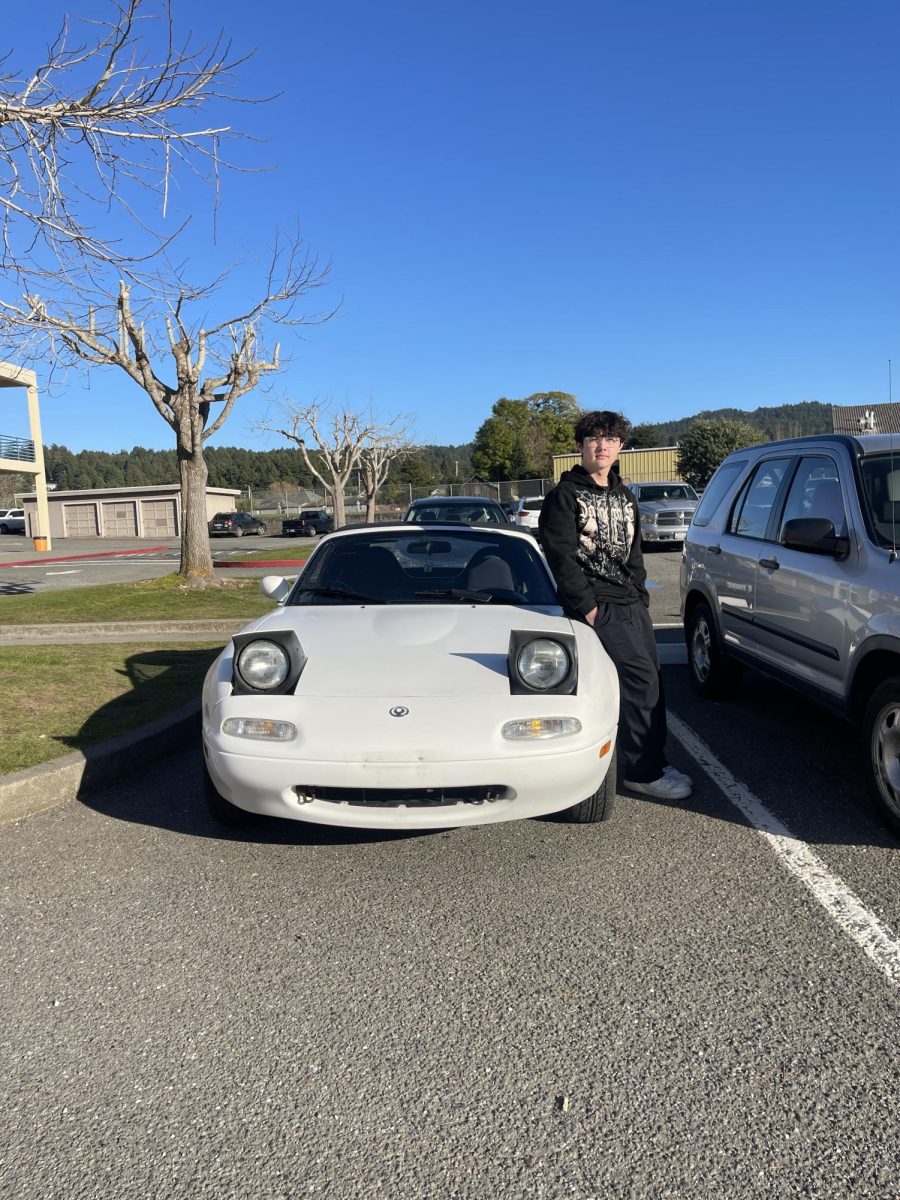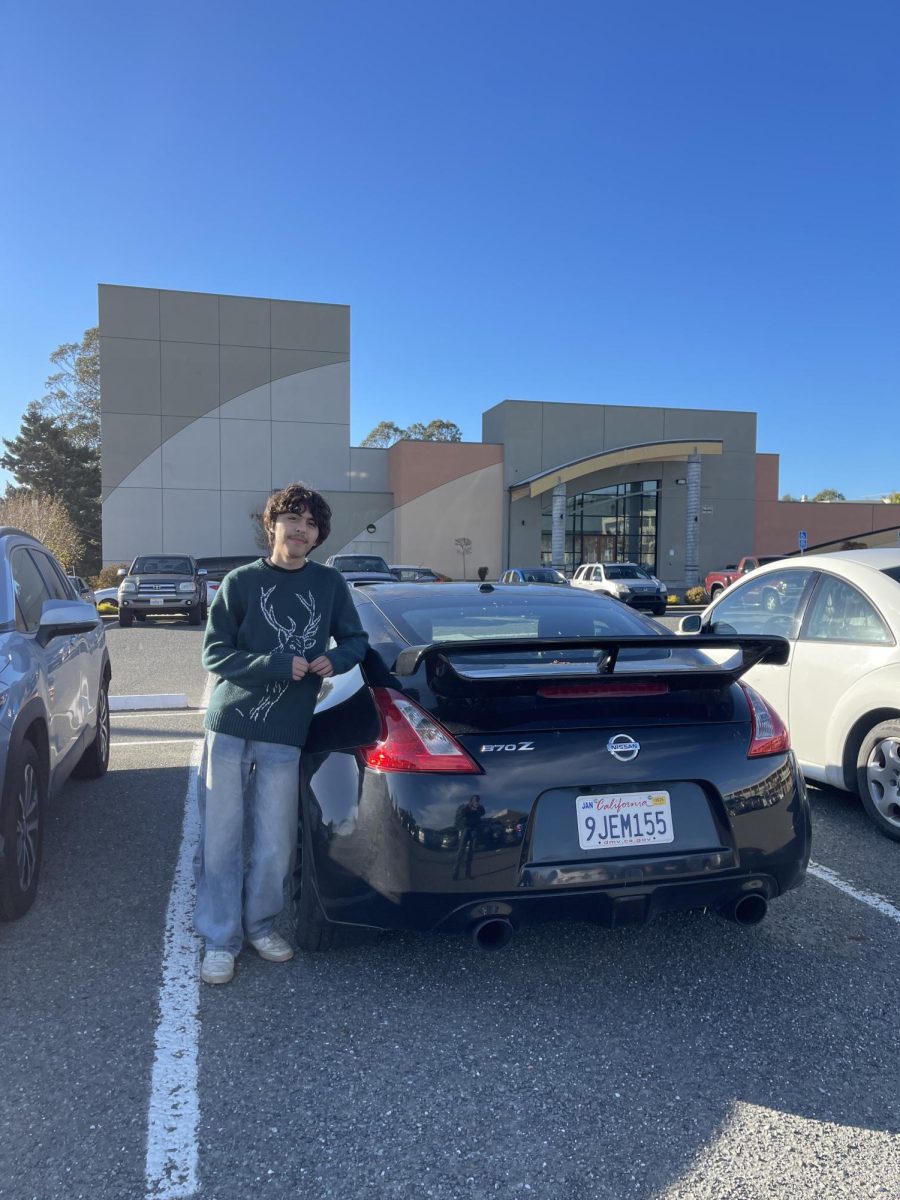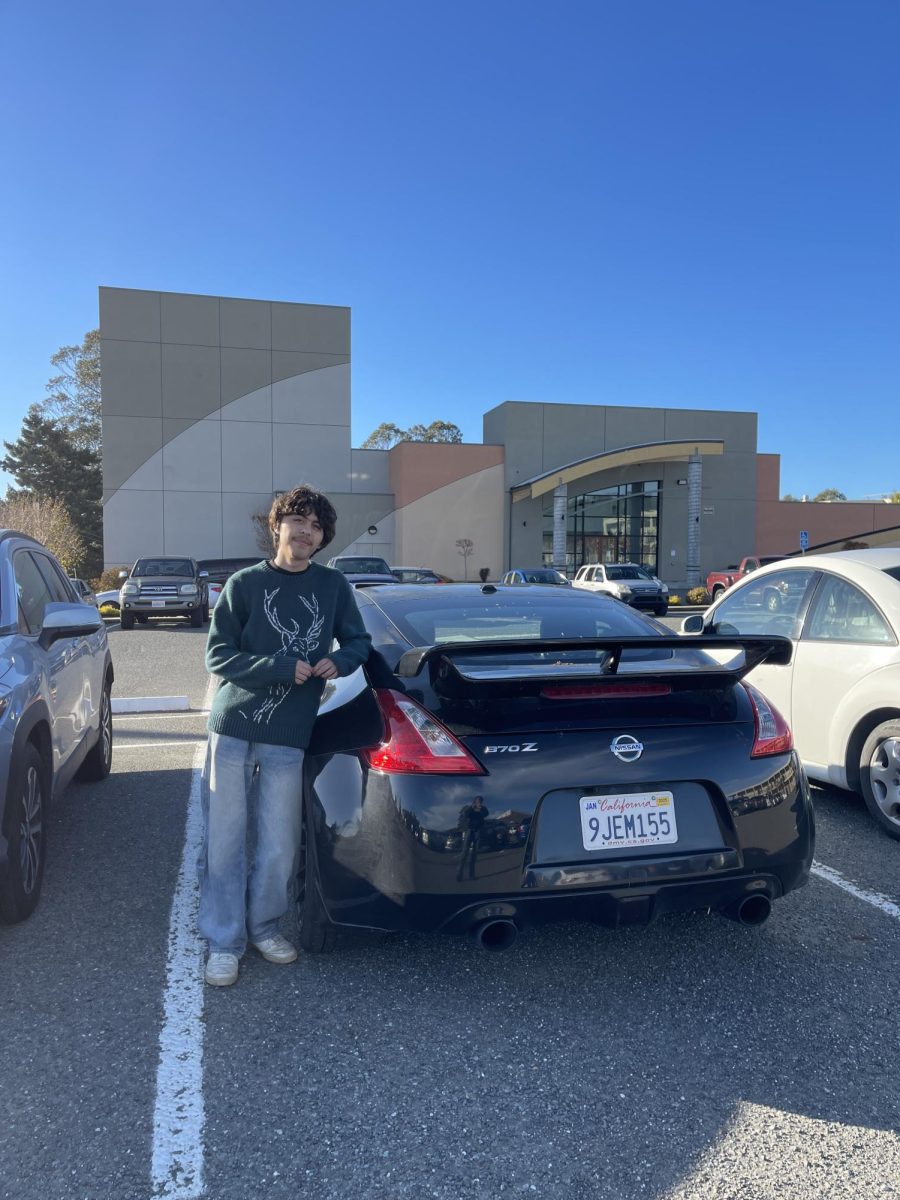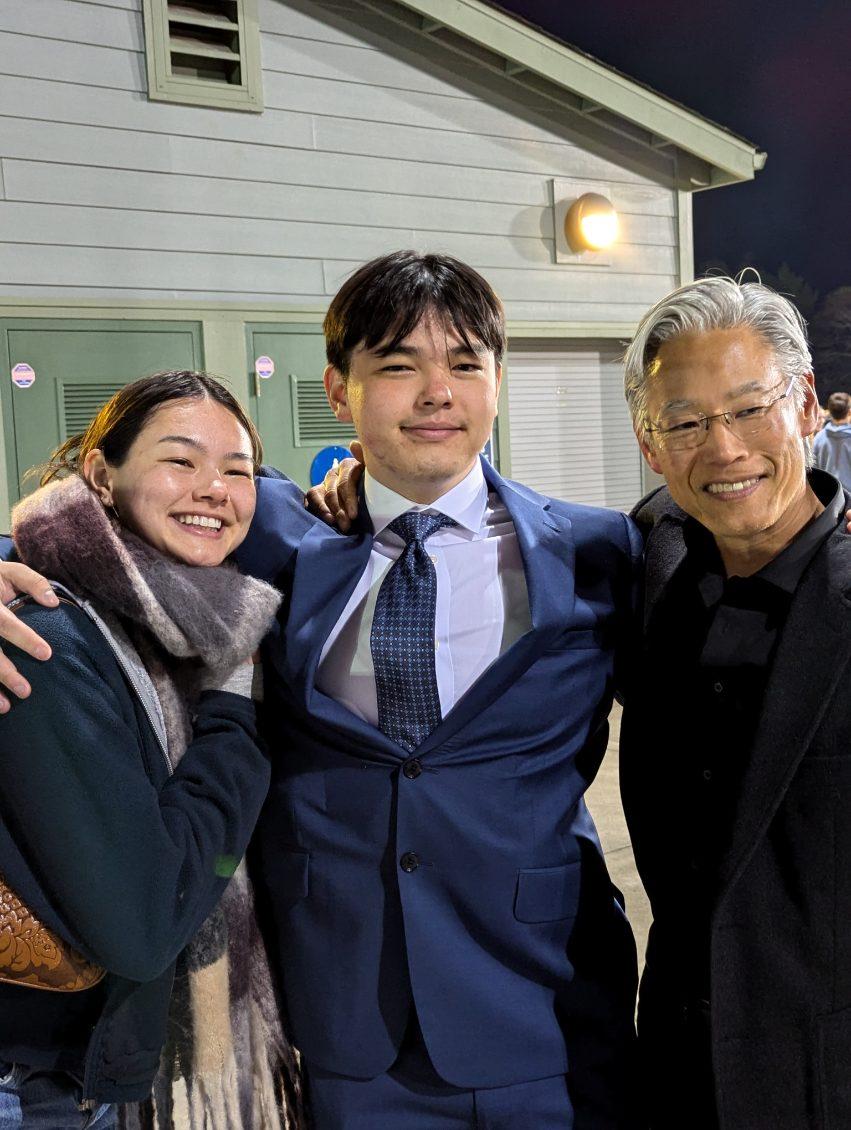If you have spent time on the internet in the last few months, you may have seen the flood of memes, family photos, and famous historical images turned into Studio Ghibli-style drawings. After artificial intelligence company OpenAI added a feature to ChatGPT allowing paying users to edit images with the popular chatbot, many users asked the chatbot to transform their pictures into the style of the acclaimed animation studio and posted the results on social media. The trend became so popular that OpenAI CEO Sam Altman announced that the image editing feature’s rollout to non-paying users would be delayed because of the high demand. “Our GPUs are melting,” he posted on X.
While everyone else was reveling in this latest achievement of AI, which has seen its capabilities grow magnificently over the last few years, opponents of AI art – or AI in general – took the opportunity to amplify their complaints with the technology. People have been railing against the use of generative AI (the type of AI that creates content like text, art, and code) since ChatGPT was released in 2022. While the technology has its dangers, I believe we should embrace AI as we head into the future.
One of the most important applications of AI is in healthcare. Pancreatic cancer is one of the most deadly cancers, partially due to how difficult it is to detect early on. A study published in Nature last year found that an AI tool, named PANDA, had higher accuracy for detecting pancreatic cancer than radiologists. Another study, also published in Nature, found that an AI-powered ovarian cancer detection tool “significantly outperform[ed]” human experts. Another study published in the New England Journal of Medicine found that patients with access to Therabot, an AI therapy chatbot, experienced a significant reduction in symptoms of major depressive disorder and other mental health disorders. The patients rated the chatbot comparably to human therapists.
With AI rapidly getting cheaper, better, and more accessible, healthcare will become vastly more affordable and countless lives will be saved with tools like these.
We should also want American AI companies to be successful because of the very real threat of AI from countries that could threaten the US with the technology. Chinese AI company DeepSeek made a big splash when it released the DeepSeek-R1 chatbot in January. The chatbot’s impressive performance, combined with its low development costs – reportedly a small fraction of the staff, cost, and computing power of American competitors – led chipmaker Nvidia’s market cap to fall by nearly $600 billion in a single day, setting a stock market record.
But DeepSeek also received attention for its censored responses – ask it a question about Chinese politics or sensitive historical events, and it will either outright refuse or give a heavily censored response. This is due to China’s Interim Measures for the Management of Generative AI Services, which, among other things, require generative AI to adhere to China’s Core Socialist Values. Leading American AIs have no such government-imposed censorship and will generally answer sensitive questions – even Elon Musk’s Grok chatbot will disparage its creator for his lies and misdeeds.
“The rapid progress being made on artificial intelligence means that we face a strategic choice about what kind of world we are going to live in,” wrote Sam Altman in the Washington Post last year. “Will it be one in which the United States and allied nations advance a global AI that spreads the technology’s benefits and opens access to it, or an authoritarian one, in which nations or movements that don’t share our values use AI to cement and expand their power?” Altman quotes Russian president Vladimir Putin, who predicts that whoever leads in artificial intelligence “will become the ruler of the world.” Indeed, if Americans decide to abandon technological progress, China, Russia, and their authoritarian allies will certainly use this advantage against us.
And in the face of China’s rapid development of technology and President Trump apparently hellbent on wrecking America and the West with irresponsible economic and foreign policy, Silicon Valley emerges as an even more important defense against foreign adversaries.
Opponents to AI will often complain about any use of AI art, even in cases that are purely “for fun,” like the Studio Ghibli trend, arguing that even seemingly innocuous uses like this will indirectly cause artists to lose their jobs. People will also sometimes claim that AI cannot actually create anything – it can only plagiarize.
Unfortunately for this argument, though, AI is very good at creating art and other things, and if it keeps improving at the current rate, it will surpass the technical skill of even the best human artists in a few short years. There is an abundance of studies on this topic, showing that people are unable to distinguish AI-generated from human-created art and literature, and prefer the AI-generated content to the “real” stuff when they aren’t told which is which.
What does this mean for the future of art and media? It’s impossible to know. I would prefer a world where art is created by people, as human-created art is fundamentally more valuable and meaningful than AI-generated content, and I support artists and writers defending their jobs. However, denying the facts about AI’s capabilities is certainly not productive.
It’s understandable for anyone to feel frustrated about AI doing things well that they have spent years learning how to do. But no matter how much anyone protests, AI is only going to become better and more efficient at creating art as well as other tasks. Pandora’s box has been opened, and all of us would do best to accept this reality and adapt to it.

